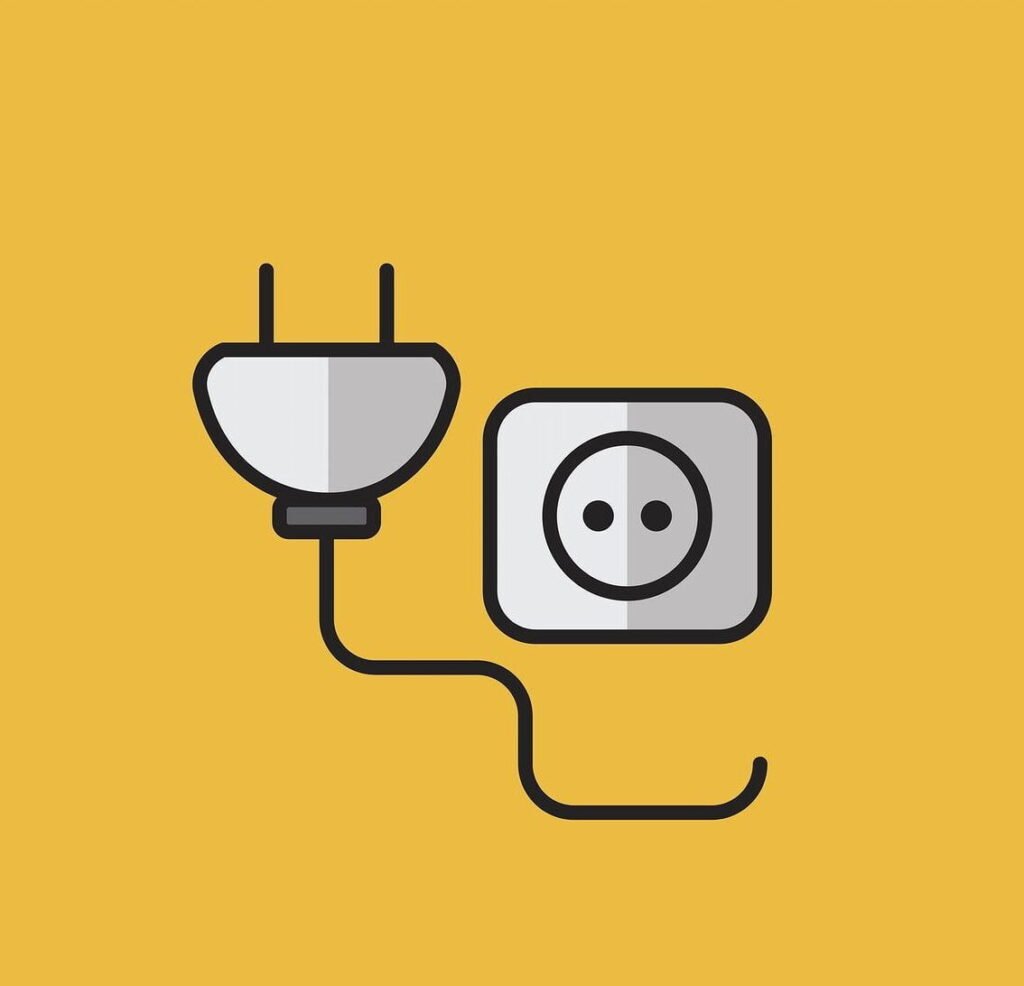- US Based Customer Support
- Free Shipping
- Up to 90 Day Money Back Guarantee
Low
voltage wiring.
risk.
Low-voltage Wiring

Get Low Voltage Wiring
Some factors distinguish low-voltage wiring from wiring for higher voltage devices. Low-voltage wire is sometimes, but not always, composed of narrower gauge wires. This type of wire usually has a thinner sheathing or jacket. 12-gauge wire, for example, is utilised for both 120 V domestic devices and lower voltage landscape lighting.
Low-voltage wiring is insulated wiring with non-metallic sheathing that conducts electricity at 50 volts or less. Standard wall outlets found in rooms and corridors, on the other hand, are 120 V. In the household, low-voltage wire is widely used for thermostats, doorbells, TV cable, and network cable. Outside of the home, low-voltage cable is most commonly encountered with low-voltage landscape lighting systems.

Get low-voltage wiring in
Homes
We will assess how much and what type of cable to acquire for your home, as well as connectors, patch panels, and a network rack cabling enclosure that will fit in an attic or crawlspace.
New Construction
The recommended time to install low voltage wiring in a new construction is after electrical wiring. Most electricians are not experienced in installing low voltage wiring so you can hire us.
Commercial Buildings
We, through low voltage wiring, help enterprises to handle massive technological infrastructures such as specialized telecommunications rooms, entry amenities, and multi-floor building backbone cabling.
Low-Voltage Wire Safety Risks
Low-voltage wiring is not usually a safety hazard, although it can be. Low-voltage wire frequently interconnects with devices that carry greater voltages. Low-voltage wiring can also carry enough power to spark an electric arc. A single spark in contact with flammable or combustible liquids, solids, or gases can cause an explosion or a fire. Common types of low-voltage wiring around the home are:
- Thermostat Wire
- Doorbell Wire
- Landscape Light Wiring
- Network Wiring
- TV Cable
- Phone Wire
